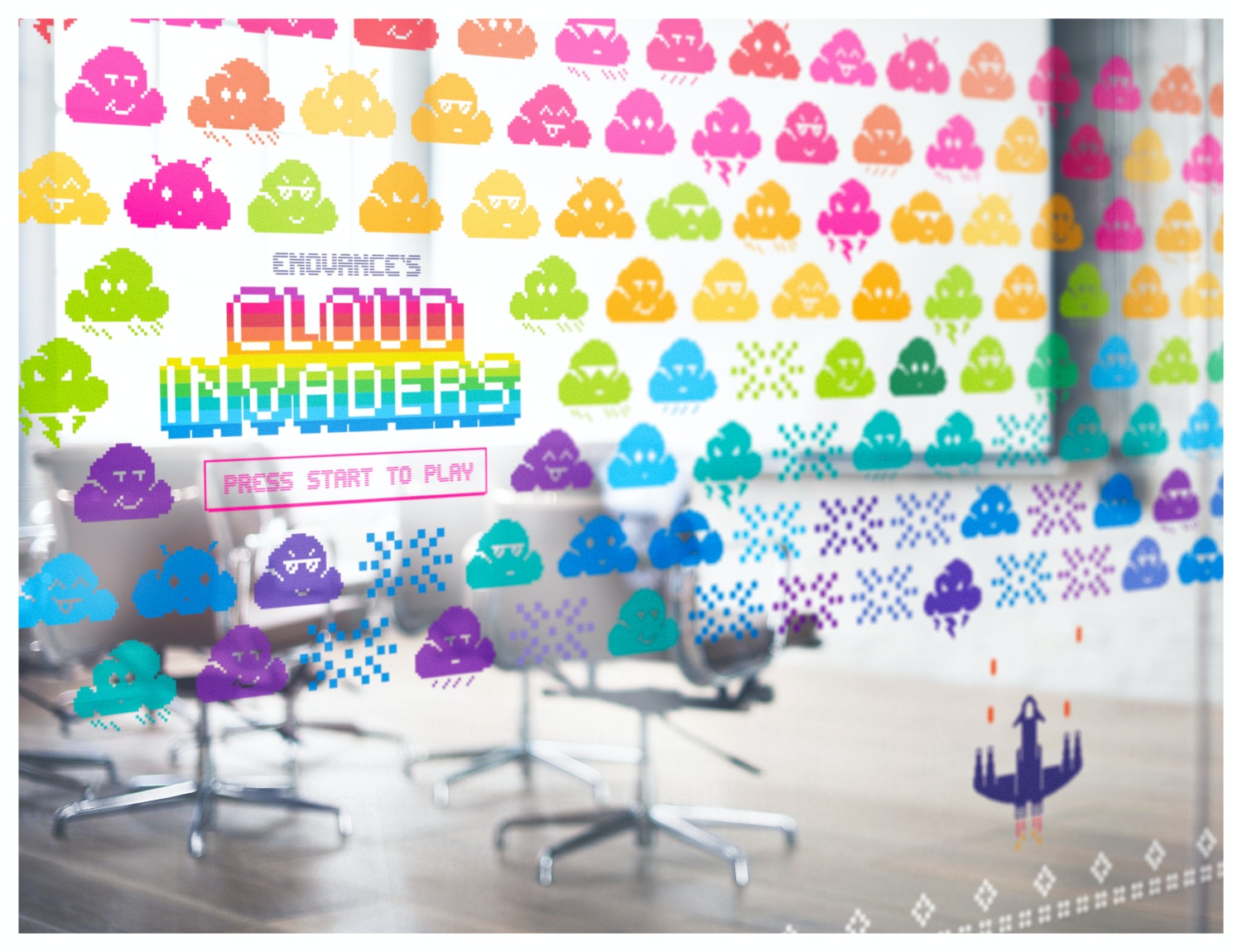The Challenge: Scaling Leadership Beyond Founders
In the bustling tech hubs of Paris, nestled within the innovative walls of “La Cantine,” a cloud infrastructure startup, eNovance, was taking shape. Founded in 2009, eNovance began as a founder-dependent venture, a common narrative for many startups. However, as the company’s ambitions soared, so did the need for a leadership model that could scale with the same agility as their cloud solutions. The founders faced a pivotal transition: evolving from a tight-knit founders’ circle to a robust, scalable leadership team capable of steering the company’s rapid expansion from 15 to 125 employees across France and Montreal.
The Approach: Leveraging the Five Dysfunctions of a Team
Alexis Monville, who had been an occasional advisor, became increasingly involved, bringing to the table a strategic tool: Patrick Lencioni’s “The Five Dysfunctions of a Team.” This framework became the cornerstone of building a leadership team that included key players from various functions such as engineering, product management, and later, HR and Finance.
The process began with trust, the foundation of Lencioni’s model. Alexis facilitated sessions where leaders could be vulnerable, share their challenges, and build genuine connections beyond their professional roles. This vulnerability laid the groundwork for healthy conflict, where ideas could be debated vigorously yet constructively, leading to greater innovation and decision-making.

The Transformation: Cultivating a Unified Leadership Team
As trust and the ability to engage in conflict solidified, the team’s commitment strengthened. Each leader, regardless of their function, became deeply invested in the collective success of eNovance. They learned to hold one another accountable, setting aside the safety of siloed operations for the greater good of the organization. The final piece, attention to collective results, saw the team shift focus from individual achievements to shared goals.
The founders, once the sole decision-makers, embraced this new dynamic, recognizing the value of a leadership team that could operate with autonomy and a shared vision. They moved away from the central trio, allowing the newly formed leadership team to take the helm in their respective areas, driving the company forward with a shared strategy and aligned objectives.
The Outcome: A Scalable Leadership for a Global Presence
The implementation of Lencioni’s model was transformative. The leadership team at eNovance became a unit that not only managed the company’s impressive growth but also fostered a culture of collaboration and shared leadership. This cultural shift was instrumental when Red Hat acquired eNovance in 2014, as the team was well-prepared to integrate into the larger corporate structure while maintaining the innovative spirit that had propelled their success.
Conclusion: A Legacy of Empowered Leadership
The eNovance story is a testament to the power of strategic leadership development. By building a cohesive leadership team and embracing a model that addressed the core dysfunctions of teams, eNovance set a new standard for what startups can achieve when they scale leadership as effectively as they scale their operations.


Leave a Reply